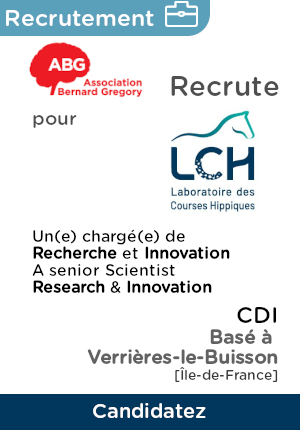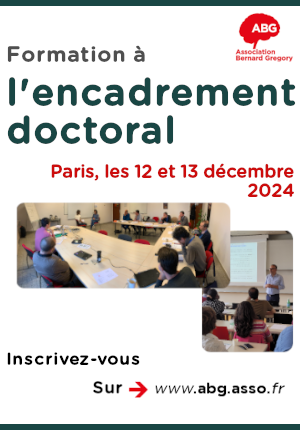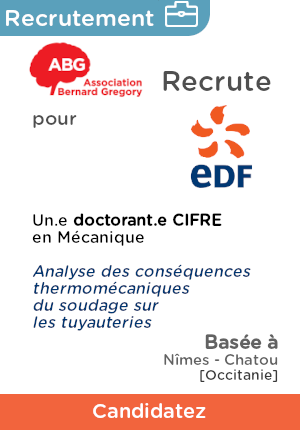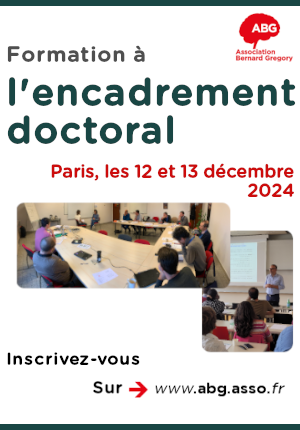Interplay between intracellular biophysics and aging
| ABG-124688 | Master internship | 6 months | Gratification M2 |
| 2024-06-19 |
- Biology
- Physics
Employer organisation
Website :
The Institute of Biochemistry and Cellular Genetics (IBGC) is a fundamental biological research center located in Bordeaux, France. Research at the institute covers a variety of subjects in cell biology, including cell proliferation, genome maintenance, chromosome segregation, gene expression, and cell metabolism. A diversity of model organisms is used at the institute, including S. cerevisiae, S. pombe, P. anserina, D. melanogaster and C. elegans, as well as rodent and human models. The IBGC is located on the Campus Carreire of the University of Bordeaux and benefits from numerous platforms and services. The institute provides a dynamic and interactive scientific environment for young researchers.
Description
Context
Cell growth and proliferation are central to all living species. However, eukaryotic cells can also exit the cell cycle and enter a non-dividing state known as quiescence. Remarkably, the capacity of quiescent cells to re-enter the cell cycle and proliferate whenexposed to favorable conditions slowly diminishes with time. This common phenomenon is referred to as chronological aging and has a strong impact on cell biology in both normal and pathological contexts. However, how cellular lifespan is shaped by the physiological changes that occur during aging remains poorly understood. Intriguingly, our unpublished data suggest that the biophysical properties of aging cells play a key role in defining cellular lifespan, revealing an unanticipated dimension in the regulation of chronological aging in eukaryotic cells.
Intracellular biochemistry and the reactions that underlie cellular processes are shaped by physical parameters such as diffusion and molecular crowding. These features of both the cytoplasm and nucleus affect virtually all aspects of cellular function. Remarkably, when yeast cells exit the cell cycle and age, they undergo a drastic rigidification of their cytoplasm and a reduction of its diffusivity. This project will take advantage of multi-disciplinary approaches to map different aspects of intracellular fluidity in non-dividing aging cells.
This research will be based on fission yeast models that were developed in the team using a synthetic biology strategy. Importantly, these unique models will allow us to address questions that cannot be investigated in other complex systems. Given the ubiquitous nature of chronological aging and the conservation of the processes that regulate cell proliferation among eukaryotes, our findings will provide novel insight into the way the physical chemistry of the cells impacts decision-making processes in changing environments and help us better understand the mechanisms of cellular aging that lie at the interface of biology and physics.
Goals
Upon quiescence entry, yeast cells experience a drastic reduction in their metabolic activity and volume, together with a remarkable and conserved decrease in the fluidity of their internal space. Interestingly, our preliminary data suggest that cells exiting the cell cycle and aging with different biophysical properties display an aging pattern that is dramatically altered compared to that of wild type. However, the complexity of cytoplasmic and nuclear rheology makes it difficult to unravel the key physical parameters that critically modulate the metabolism and function of aging cells and may thereby delineate their lifespan. This project will take an unprecedented approach, coupling unique aging models in fission yeast with state-of-the-art imaging methods to monitor changes in intracellular fluidity that occur as cells age. The main objectives of this work will be to:
- Contribute to the validation of stateof-the-art imaging, microfluidic and analysis tools to quantitatively and dynamically assess molecular crowding at the subcellular level.
- Take advantage of these methods to evaluate for the first time how molecular crowding may change as cells exit the cell cycle, age and resume growth in yeast strains that show distinct aging patterns.
- Assess cell biophysical properties in known aging mutants (both short and long-lived).
This work will not only reveal a potential link between intracellular crowding and aging, but also improve our understanding of the fundamental biophysical properties of eukaryotic cells, with a broad range of implications that go beyond the study of aging.
Profile
We are seeking applicants with a strong interest in discovery research. We welcome students with various backgrounds that are motivated by cell biological research. Students with a training in biophysics are also encouraged to apply. The student will work in an international and interactive scientific environment, attend seminars, and present their work during lab meetings. The candidate should be motivated and work well with other team members. A good level of written and spoken English is required, as all meetings and discussions in the team are held in English.
Starting date
Vous avez déjà un compte ?
Nouvel utilisateur ?
Get ABG’s monthly newsletters including news, job offers, grants & fellowships and a selection of relevant events…
Discover our members
 ANRT
ANRT  Laboratoire National de Métrologie et d'Essais - LNE
Laboratoire National de Métrologie et d'Essais - LNE  Ifremer
Ifremer  Groupe AFNOR - Association française de normalisation
Groupe AFNOR - Association française de normalisation  Institut Sup'biotech de Paris
Institut Sup'biotech de Paris  ADEME
ADEME  MabDesign
MabDesign  Nokia Bell Labs France
Nokia Bell Labs France  Généthon
Généthon  Aérocentre, Pôle d'excellence régional
Aérocentre, Pôle d'excellence régional  CASDEN
CASDEN  CESI
CESI  ONERA - The French Aerospace Lab
ONERA - The French Aerospace Lab  TotalEnergies
TotalEnergies  SUEZ
SUEZ  MabDesign
MabDesign  PhDOOC
PhDOOC  Institut de Radioprotection et de Sureté Nucléaire - IRSN - Siège
Institut de Radioprotection et de Sureté Nucléaire - IRSN - Siège  Tecknowmetrix
Tecknowmetrix
-
JobFixed-termRef. ABG125071KTH- Sweden
ERC-funded postdoc position on the detection of gas-phase organic radicals, KTH, Stockholm, Sweden
Chemistry - Physics - Engineering sciencesAny -
JobPermanentRef. ABG124941Corteria Pharmaceuticals- Ile-de-France - France

Jeune Docteur, Chercheur en Biologie Cellulaire & Moléculaire (H/F)
BiologyAny -
JobPermanentRef. ABG123642Laboratoire des Courses Hippiques (GIE LCH)- Ile-de-France - France

Chargé(e) de Recherche et Innovation (H/F) / Senior Scientist Research & Innovation (M/F)
Chemistry - BiochemistryConfirmed












